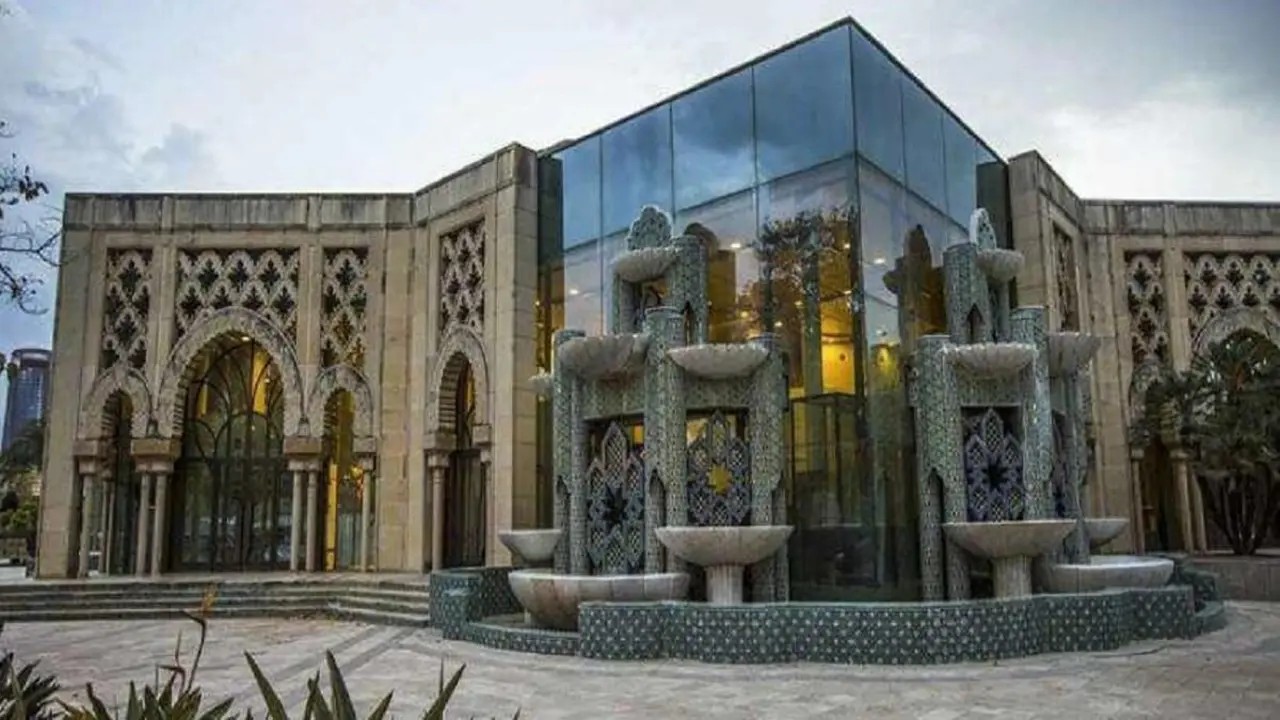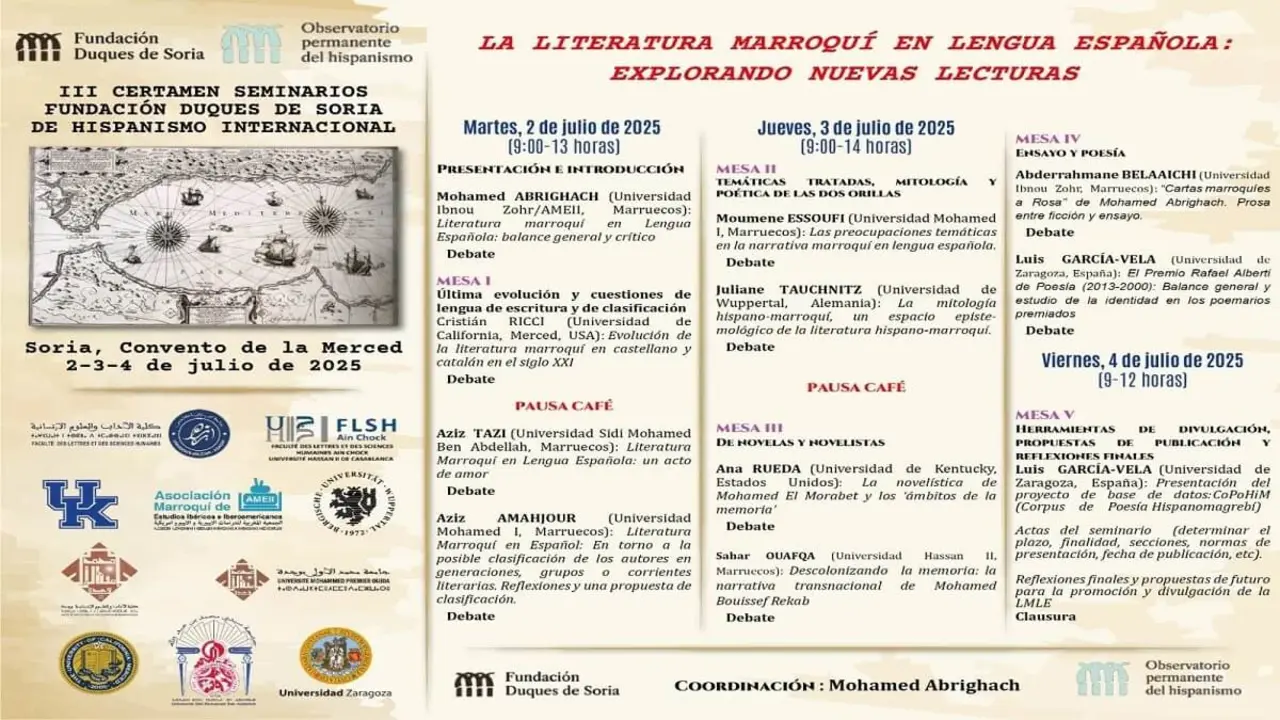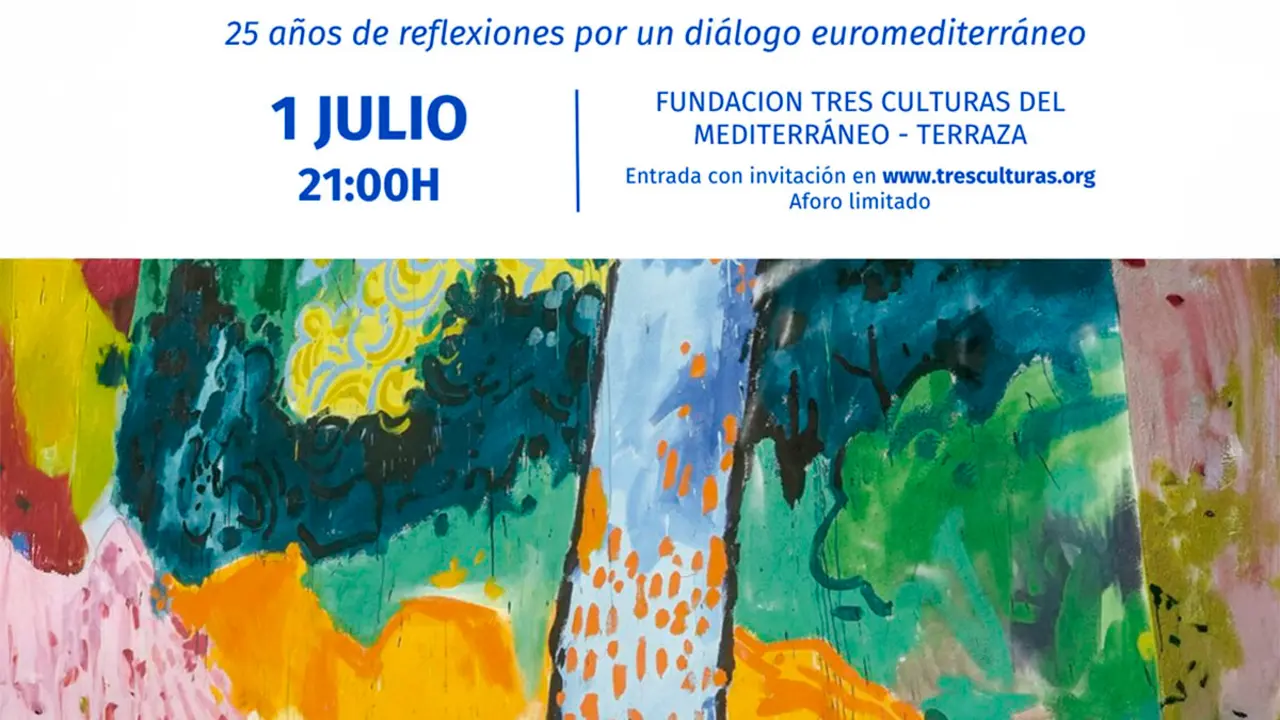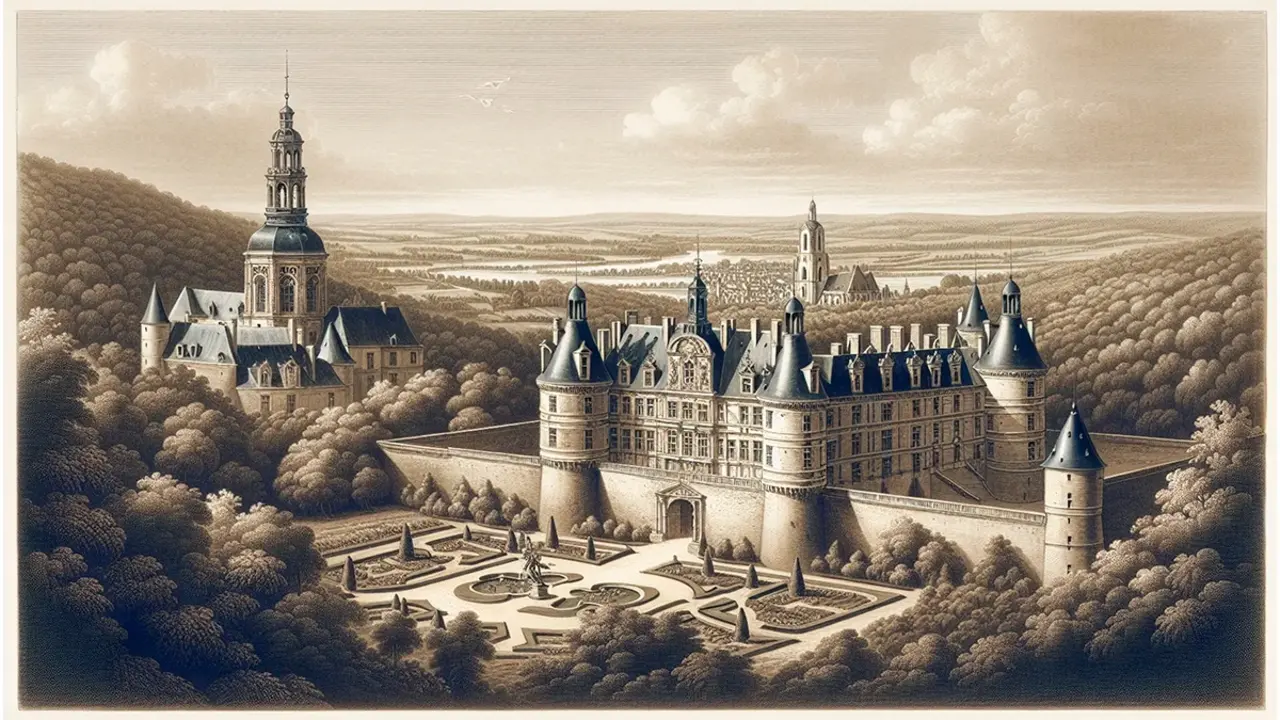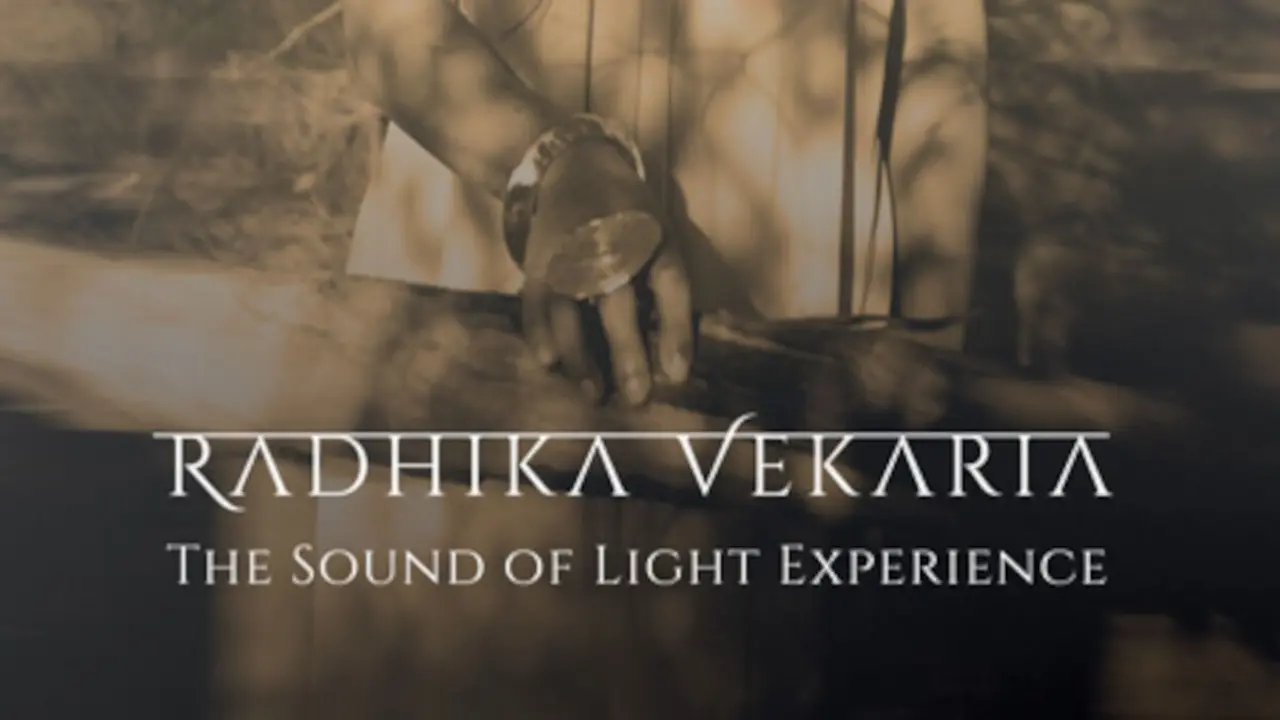The Moroccan Pop Art

Moroccan Pop Art has always been attracted to all fields that touch upon creativity, whether it be art, architecture, photography or film. The false banality of everyday life is perhaps most inspiring when you can see in it what not everyone necessarily sees or at least does not give it any importance. It seeks to create bridges between different cultures and universes because the exchange is a mutual enrichment. There has never been such a fascination with art, or at least not so much with its exhibition. Just look at the number of talented young Arabs who come out of the shadows and express themselves artistically in all media and through other types of media such as social networks. There are more and more specialized magazines in the MENA region and one cannot help but describe this phenomenon as a cultural springtime in its scope and dissemination.

Pop Art was born from the awareness of people who are able to do wonderful things from their roots, and adapting them to modern life, being aware that this culture is rich, extraordinary and unique. These people are increasingly proud of this culture that is their own. Humour plays a central role in the work of these artists. They can call it a game, because they work with cultural codes and icons by inverting and mixing them. Humour is born from this unexpected and confusing mix of all these visual data. Provocative yes, but not in the wrong sense. Moroccan Pop Art reinterprets the codes of Moroccan, Arab and Berber culture. This reinterpretation is, moreover, the common thread running through all the works. The Arab-Muslim world is perceived in a negative way, as a backward civilization undermined by the spectre of obscurantism, adorning icons with Eastern symbols and vice versa is a call for tolerance and acceptance of different cultures. A way of showing a radiant Orient with an incredible cultural richness. Among the many Moroccan artists who are part of Pop Art are: Châaibia Tallal, Mahi Binebine and Jilali Gharbaou, Ghitta Belamlih, Hassan Hajjaj...

Born in 1929 in Chatou, near El Jadida, Chaïbia grew up in the countryside. She married at 13 and became a widow and mother at 15. "Nothing was meant for me to paint, except this dream I had when I was 25 and which told me: 'Get up and paint,'" she said. It was her son, Lhoucine, who helped her realize her dream and encouraged her on the path of painting. Thus, Chaïbia painted her first canvases and revealed her free painting. Without a teacher and far from any school, Chaïbia developed a painting "without shame" and dared to do anything. Discovered by his son's painting friends, his paintings soon made their way to Morocco, but especially to Europe where naive art no longer needed to be defended. Today, Chaïbia Talal is considered the most popular painter in Morocco. She is known as the peasant of the arts.

One of the voices that undoubtedly blows the loudest within this type of art so singular and new is, Hassan Hajjaj, photographer, designer and interior decorator based in London since 1973. This multidisciplinary artist comes regularly to visit his native country and especially Marrakech since 1996, where he also settled in 2002. After creating a space called Yima in London from 1997 to 2005 and opening another studio in 2006 in the same city, Hassan Hajjaj decided to acquire a Riad in Marrakech (called Yima) in the old medina. He restored this place in collaboration with Abdelghafour Benbadryef to open it as a guest house until 2010. The idea evolved over time and the Riad ceased to function as a simple guesthouse and became from 2011 a shop, a tea room and a gallery displaying art objects created by Hassan Hajjaj.

Hassan Hajjaj, finds his source of inspiration in Marrakech, above all, and in how Moroccan craftsmanship enriches the imagination of this artist to achieve a work of recovery. In fact, this artist creates frames for his photos. He can use, for example, tires as frames and plastic carpets as backgrounds, but not only that! To create the living room of his Riad Yima, he improvised making stools using large pots of paint with coloured cloth covers or grouping red plastic boxes to form a sofa and a "Stop" sign as a table. Various materials are used to create an original design and decoration by this artist with unparalleled creativity.
In addition, Hassan Hajjaj also explores fashion with his remedial work to refute negative clichés about the veil. In 1998, he created a series of portraits of women wearing veils on mopeds in Marrakech. In this city, the moped is widely used by both men and women. So he revised the traditional attire to create a more modern image with the veil, shoes and djellabas becoming more colourful and fun.

Another exponent of Moroccan Pop Art is undoubtedly Ghita Belamlih, who graduated in architecture in Paris. This young Moroccan has been sharing her work on Facebook and Instagram since 2013, encouraged by her friends and the resulting madness. "My work can be described as Pop Art because it presents elements of everyday life, icons and popular symbols. It also uses their aesthetic codes and exaggerated color codes. And oriental because it includes attributes of the Arab world".

Her guidelines are humor and love for his country, Morocco. Through his collages, he gives free rein to his imagination and creativity to play with the unexpected. Mixing two artistic disciplines like photography and painting, something happens that all artists look for somewhere, originality. Under the name of GB Art & Photography, Ghita Benlamlih fuses the traditional and the modern, East and West, chic and kitsch. The result is Oum Kalthoum in sneakers, Beyoncé as a Berber woman, Pharrell Williams as Djellaba, or Nelson Mandela wearing the Chachiya.

Today, with the media, Internet, Facebook, Instagram... celebrities are overexposed, but always from the same angle. So why not present them in a different light, dramatizing their identities and how they are perceived. In the case of an icon like Oum Kalthoum, the collage dusted it off a bit for the new generation and changed the perception they have of these ancient Arab artists by young people. It demystifies them a little, makes them more human and accessible. These works are therefore also a way of democratizing art in general a little more, of calling a "Cultural Spring" to make art accessible to all, to give another image of what is Arab.

For a long time, Arab society as a whole has discredited its cultural and artistic heritage, which has been in decline for several centuries. Moroccan and confirmed Arab artists only reached a certain elite who were initiated in art. With all the changes that the peoples of the Maghreb and the Middle East are experiencing today, many young artists are beginning to make their voices heard. And the way in which Ghita, Hajjaj and many others have chosen to do so is by reinterpreting the codes of Moroccan, Arab and Berber culture with a playful touch, in order to reach a wider audience. After all, art is also about provoking reactions, whether positive or negative. At least for the moment, the reaction is unanimous: a little artistic culture clash and a good dose of humour that makes people smile.

